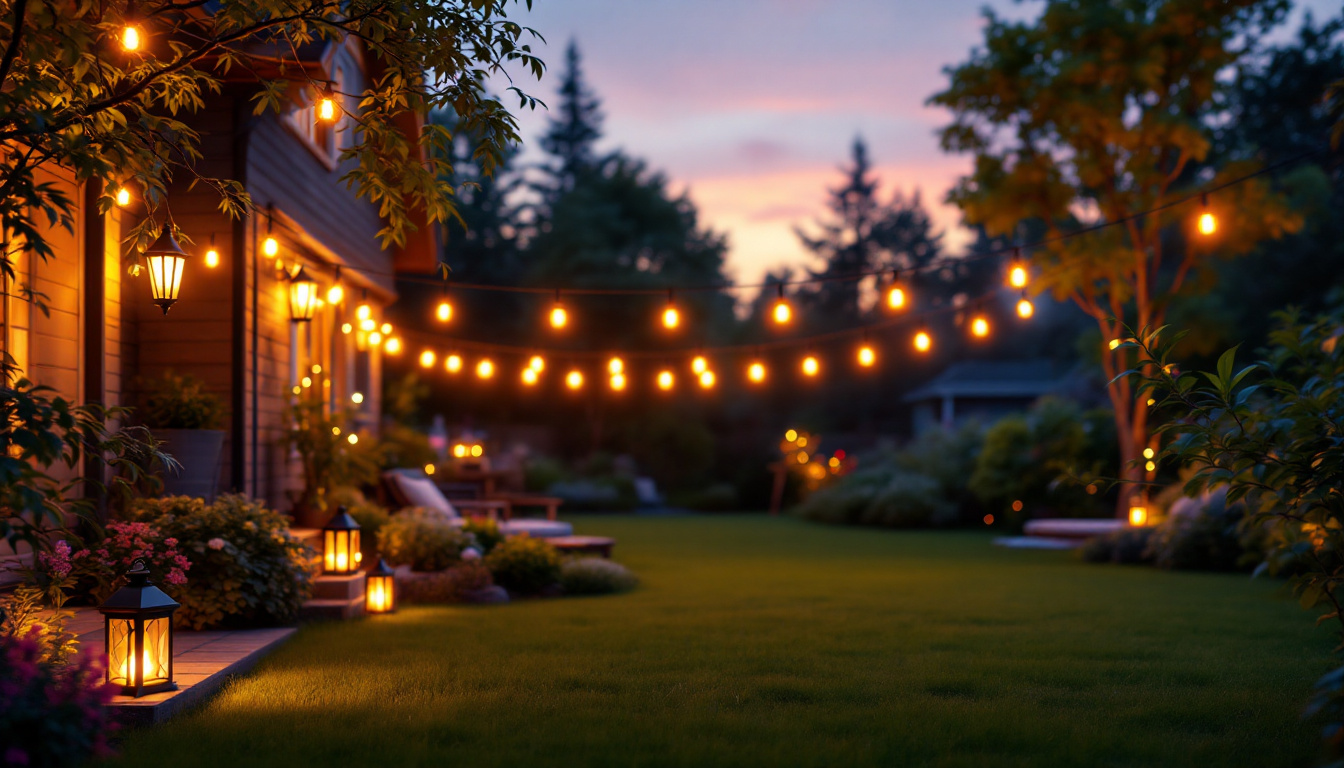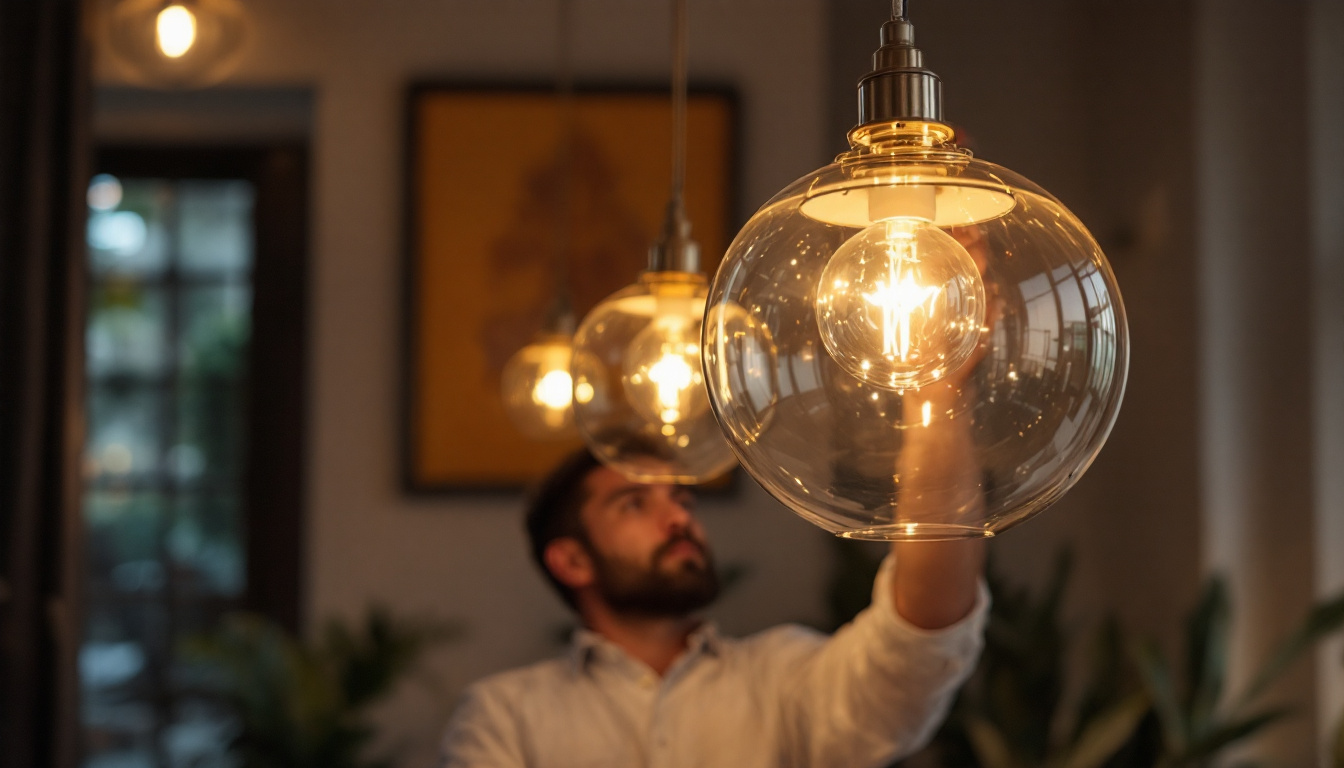
In the ever-evolving world of lighting design, the use of fluorescent colors has emerged as a significant trend that can transform spaces and influence moods. For lighting contractors, understanding the nuances of these vibrant hues is essential not only for aesthetic appeal but also for creating functional environments. This article delves into the characteristics of modern fluorescent colors and highlights the qualities that distinguish top lighting contractors in the industry.
Fluorescent colors are known for their bright, vivid appearance, which can energize a space and capture attention. These colors are not just visually striking; they also have practical applications in various settings, from commercial spaces to residential areas.
The psychological effects of color are well-documented, and fluorescent colors are particularly effective in creating a lively atmosphere. Bright hues like neon green, hot pink, and electric blue can evoke feelings of excitement and creativity. This makes them ideal for environments such as art studios, children’s play areas, and modern retail spaces.
Moreover, the strategic use of fluorescent colors can enhance the functionality of a space. For instance, in an office setting, incorporating fluorescent accents can stimulate productivity and collaboration among employees. Understanding these effects allows lighting contractors to make informed choices that align with the intended use of a space. The interplay of light and color can transform a mundane environment into a dynamic one, fostering innovation and engagement among team members.
Fluorescent colors are versatile and can be applied in numerous settings. In commercial spaces, they can be used to draw attention to products or services, creating a vibrant shopping experience. In residential areas, these colors can be integrated into lighting fixtures or wall designs to add a modern touch to home decor.
Additionally, fluorescent colors can play a crucial role in safety and visibility. For example, in warehouses or industrial settings, using fluorescent lighting can enhance visibility, ensuring that workers can navigate safely. By understanding the practical applications of these colors, lighting contractors can better serve their clients’ needs. Beyond safety, these colors can also be used creatively in wayfinding systems, helping visitors easily navigate complex environments like hospitals or large campuses, where clear and engaging visual cues are essential.
Furthermore, the rise of fluorescent colors in fashion and graphic design has led to a cultural phenomenon where these hues are celebrated for their boldness and ability to stand out. Designers often incorporate fluorescent shades into their collections to make a statement, appealing to a younger demographic that values individuality and self-expression. This trend has also permeated social media, where vibrant, eye-catching visuals are more likely to attract attention and engagement, showcasing how fluorescent colors can transcend traditional boundaries and influence various aspects of modern life.
While the aesthetic appeal of fluorescent colors is undeniable, lighting contractors must also consider the technical aspects of fluorescent lighting. This includes understanding the types of fluorescent bulbs available, their energy efficiency, and their lifespan.
There are various types of fluorescent bulbs, each with unique characteristics. Standard fluorescent tubes are commonly used in commercial settings, while compact fluorescent lamps (CFLs) are popular for residential use due to their energy efficiency. Additionally, specialty fluorescent bulbs are available in a range of colors, allowing contractors to customize lighting solutions for specific applications.
When selecting fluorescent bulbs, it is essential to consider the color temperature, which can range from warm white to cool daylight. The chosen color temperature can significantly impact the overall ambiance of a space. Lighting contractors should educate their clients on these options to ensure they make informed decisions. Furthermore, the choice of bulb shape and size can also affect the installation process and the fixture compatibility, which is why contractors need to be well-versed in the various configurations available, such as T5, T8, and T12 tubes. Understanding these nuances can help in providing tailored solutions that meet both functional and aesthetic requirements.
Energy efficiency is a critical concern in modern lighting design. Fluorescent bulbs are generally more energy-efficient than traditional incandescent bulbs, consuming less power while providing the same level of brightness. This not only reduces energy costs for clients but also contributes to sustainability efforts.
As more clients prioritize eco-friendly solutions, lighting contractors who are knowledgeable about energy-efficient fluorescent options will stand out in the market. Offering solutions that align with sustainability goals can enhance a contractor’s reputation and appeal to environmentally conscious consumers. Moreover, the implementation of fluorescent lighting can significantly lower a building’s carbon footprint, making it an attractive option for businesses aiming to achieve green building certifications. Contractors should also be aware of the advancements in fluorescent technology, such as electronic ballasts, which can further improve energy savings and reduce flicker, enhancing the overall quality of light in a space. By staying informed about these innovations, contractors can provide cutting-edge solutions that meet the evolving demands of their clients.
Incorporating fluorescent colors into lighting design requires a thoughtful approach. Successful lighting contractors understand how to blend these vibrant hues with other elements of design to create cohesive and visually appealing spaces.
One effective design strategy is to create contrast between fluorescent colors and more subdued tones. For example, pairing a bright fluorescent fixture with neutral walls can make the color pop without overwhelming the space. This balance is crucial in maintaining a harmonious design that appeals to a wide range of tastes.
Additionally, using fluorescent colors as accents rather than the primary focus can create a more sophisticated look. Lighting contractors can incorporate these colors through fixtures, wall washes, or decorative elements, allowing them to enhance the overall design without dominating it.
Advancements in lighting technology have made it easier for contractors to create custom solutions that incorporate fluorescent colors. Smart lighting systems allow for dynamic color changes, enabling clients to adjust the ambiance of a space based on their preferences or activities.
By leveraging these technologies, lighting contractors can offer innovative solutions that set them apart from competitors. Customizable lighting options not only enhance the client experience but also demonstrate a contractor’s commitment to staying at the forefront of industry trends.
Effective communication with clients is a hallmark of top lighting contractors. Educating clients about the benefits and applications of fluorescent colors is essential for building trust and ensuring satisfaction with the final design.
Before recommending specific fluorescent solutions, contractors should take the time to understand their clients’ needs and preferences. This involves asking questions about the intended use of the space, desired ambiance, and any specific color preferences. By actively listening to clients, contractors can tailor their recommendations to meet individual requirements.
Furthermore, providing clients with visual aids, such as color swatches or design mock-ups, can help them visualize the potential outcomes. This not only enhances the decision-making process but also fosters a collaborative relationship between the contractor and the client.
After the installation of fluorescent lighting, ongoing support is crucial. Lighting contractors should offer maintenance services to ensure that the lighting continues to function optimally and that the colors remain vibrant over time. This commitment to customer service can significantly enhance a contractor’s reputation and lead to repeat business.
Additionally, educating clients about the care and maintenance of fluorescent lighting can empower them to take an active role in preserving their investment. Providing clear instructions on bulb replacement and cleaning can help clients maintain the integrity of their lighting design.
The lighting industry is constantly evolving, with new trends and technologies emerging regularly. Top lighting contractors stay informed about these changes to provide the best solutions for their clients.
Investing in continuous education and training is essential for lighting contractors who wish to remain competitive. Attending industry conferences, participating in workshops, and keeping up with the latest research can provide valuable insights into emerging trends and technologies.
By staying informed, contractors can offer innovative solutions that incorporate the latest advancements in fluorescent lighting and design. This not only enhances their credibility but also positions them as leaders in the industry.
Building relationships with other professionals in the industry can also provide valuable opportunities for learning and growth. Collaborating with designers, architects, and other contractors can lead to new ideas and approaches to incorporating fluorescent colors into lighting design.
Networking can also open doors to potential partnerships and referrals, further enhancing a contractor’s business prospects. Engaging with the broader lighting community fosters a culture of innovation and creativity that benefits everyone involved.
Modern fluorescent colors offer exciting possibilities for lighting design, allowing contractors to create vibrant and functional spaces. By understanding the psychological impacts of color, technical specifications, and effective design strategies, top lighting contractors can distinguish themselves in a competitive market.
Furthermore, prioritizing client education, staying informed about industry trends, and offering ongoing support are key components of a successful lighting contracting business. As the demand for innovative and aesthetically pleasing lighting solutions continues to grow, contractors who embrace these principles will thrive in the ever-changing landscape of the lighting industry.
In conclusion, the world of fluorescent colors is not just about brightening spaces; it is about enhancing experiences and creating environments that inspire. Lighting contractors who harness the power of these colors while prioritizing client relationships and continuous improvement will undoubtedly set themselves apart as leaders in the field.
Ready to elevate your lighting designs with the vibrant potential of modern fluorescent colors? At LumenWholesale, we provide lighting contractors with the highest quality, spec-grade lighting products at prices that can’t be beaten. Say goodbye to local distributor markups and hello to a vast selection of reliable, high-performance lighting that meets the most rigorous industry standards. Plus, enjoy the convenience of bulk buying with free shipping, ensuring you get the best value without any hidden costs. Don’t compromise on quality or price. Discover wholesale lighting at the best value and make your next project shine with LumenWholesale.

Illuminate your outdoor space with confidence using our comprehensive lighting contractors’ checklist.

Discover how glass silver hanging light fixtures can transform your projects and elevate your business.

Discover essential tips for selecting UV lights and lamps to ensure your lighting projects are both effective and cost-efficient.

Discover the essential role of outdoor wall lighting in modern design and why it’s a must-have for every lighting contractor.